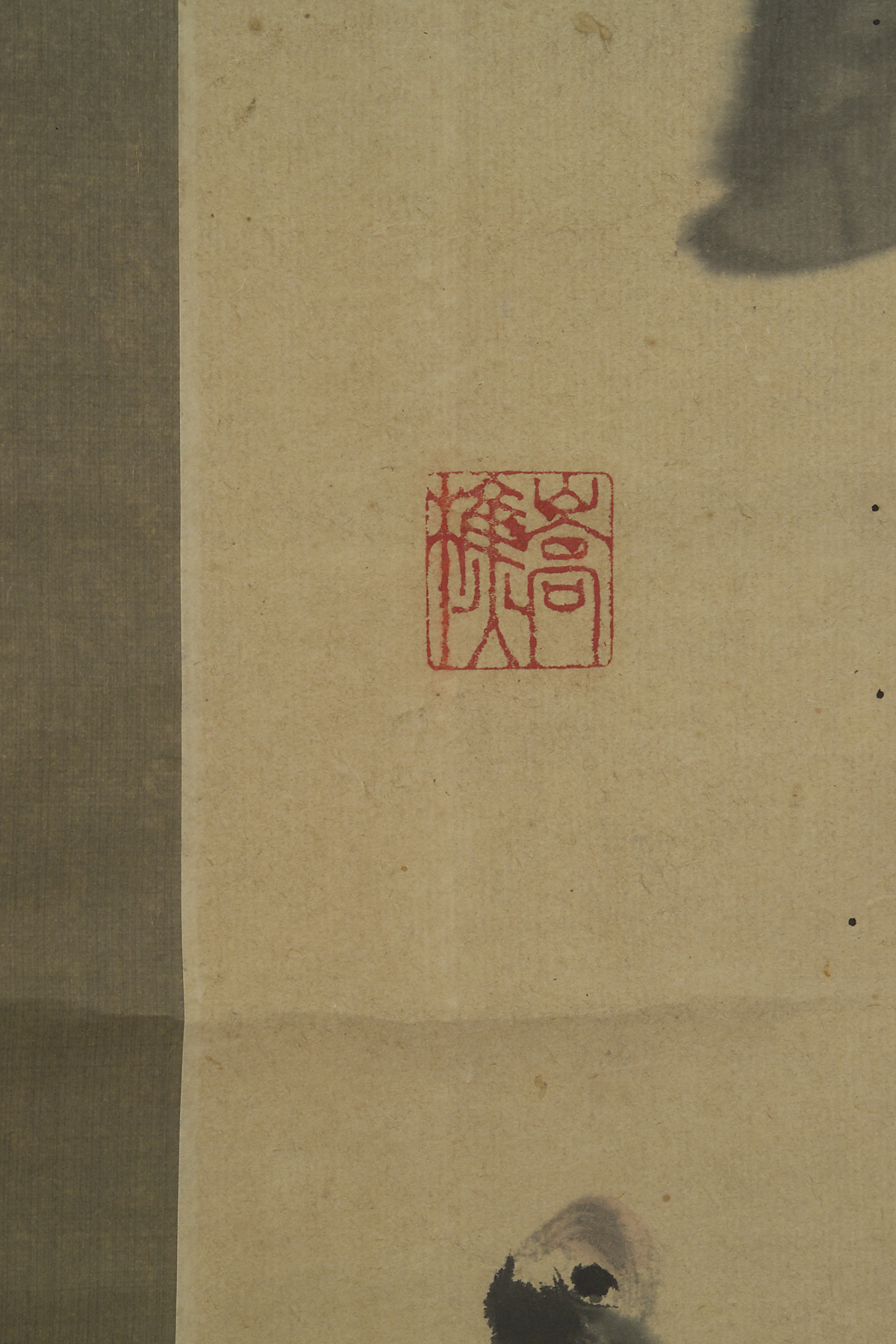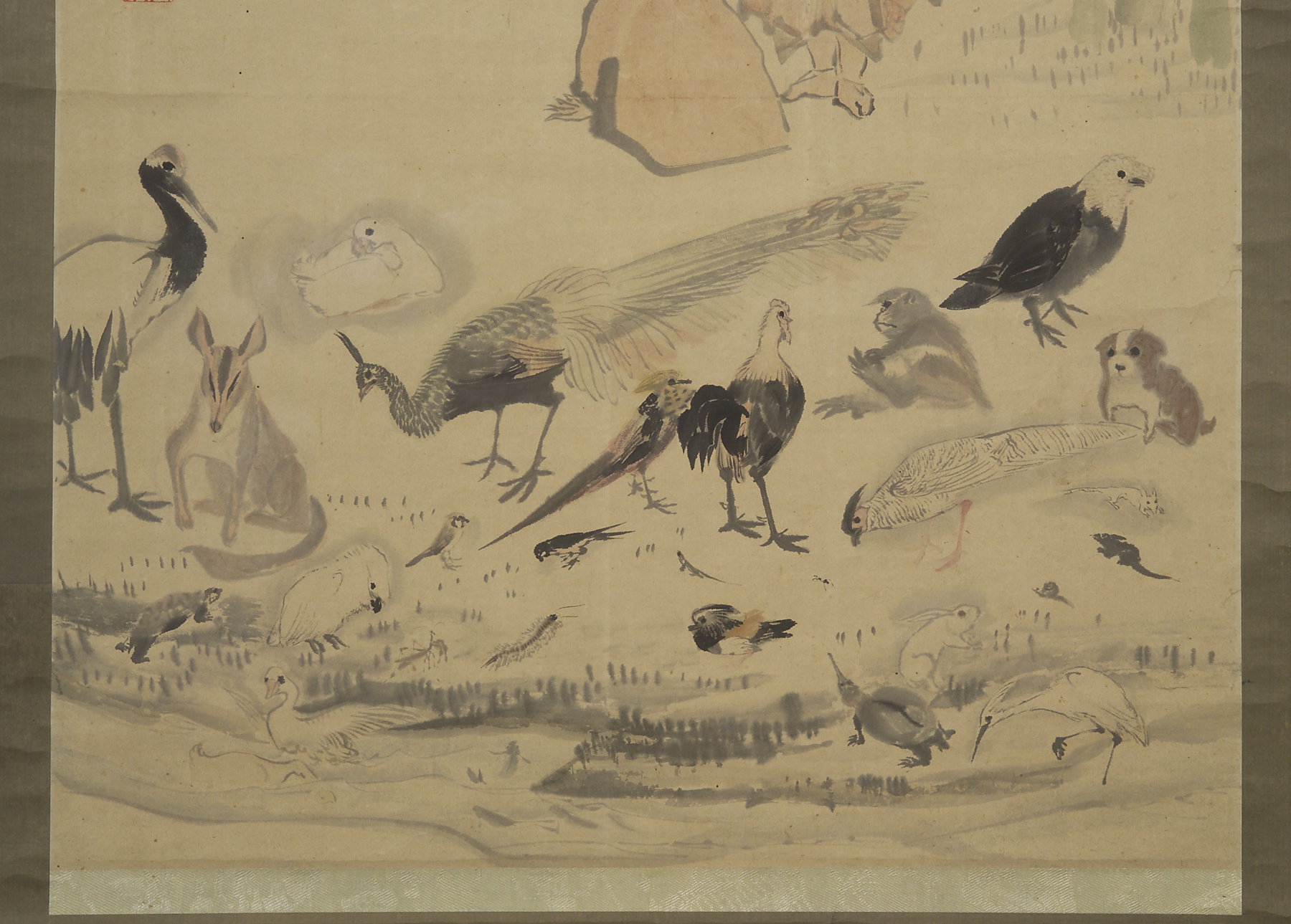Nehan (Death scene of a famous poet), Yokoi Kinkoku
Artwork Overview
Yokoi Kinkoku, artist
1761–1832
Nehan (Death scene of a famous poet),
late 1700s–early 1800s, Edo period (1600–1868)
Portfolio/Series title: Death of the Poet Bashō
Where object was made: Japan
Material/technique: paper; ink
Dimensions:
Image Dimensions Height/Width (Height x Width): 134 x 49 cm
Image Dimensions Height/Width (Height x Width): 52 3/4 x 19 5/16 in
Mount Dimensions (Height x Width x Depth): 194 x 62 cm
Mount Dimensions (Height x Width x Depth): 76 3/8 x 24 7/16 in
Roller Dimensions (Width x Diameter): 67 x 2.5 cm
Roller Dimensions (Width x Diameter): 26 3/8 x 1 in
Image Dimensions Height/Width (Height x Width): 134 x 49 cm
Image Dimensions Height/Width (Height x Width): 52 3/4 x 19 5/16 in
Mount Dimensions (Height x Width x Depth): 194 x 62 cm
Mount Dimensions (Height x Width x Depth): 76 3/8 x 24 7/16 in
Roller Dimensions (Width x Diameter): 67 x 2.5 cm
Roller Dimensions (Width x Diameter): 26 3/8 x 1 in
Credit line: Museum purchase
Accession number: 1969.0046
Not on display
If you wish to reproduce this image, please submit an image request






